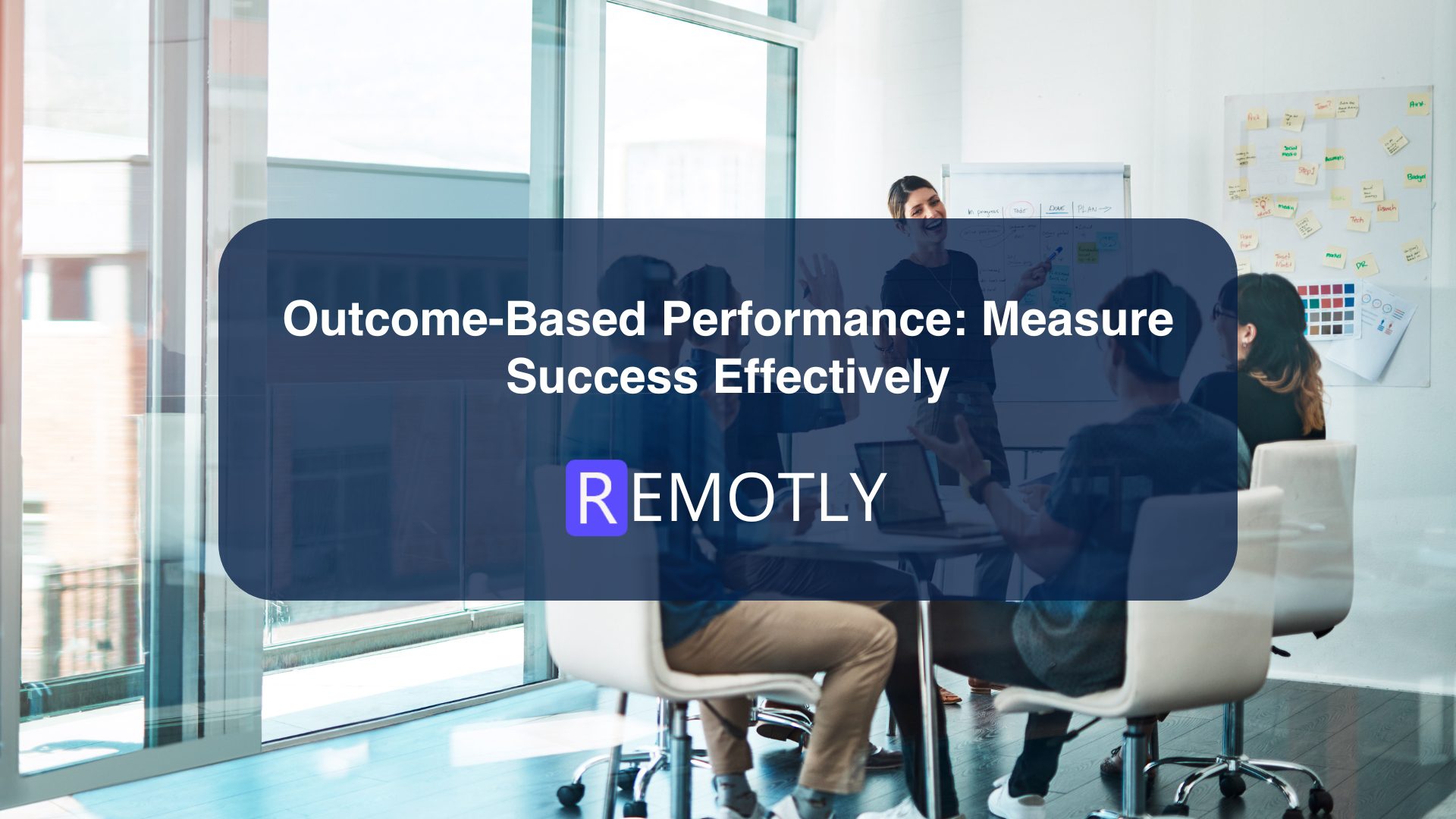Remote work is no longer a temporary adjustment but it’s a long-term shift redefining how companies measure and enhance productivity. Traditional performance tracking methods are evolving to meet the demands of the digital workforce.
Modern productivity monitoring now emphasizes outcomes instead of hours worked, using advanced digital tools and analytics to gain real-time insights. As this transformation unfolds, organizations must balance transparency with employee privacy to sustain innovation and trust.
Image suggestion: “Team utilizing digital dashboards to monitor performance”
Alt text: Remote team analyzing productivity metrics on AI-based dashboard
How Has Remote Work Changed Productivity Monitoring?
The shift to remote work has transformed organizational structures and workflows. Many industries have permanently adopted hybrid or remote models, which demand new strategies for remote work monitoring and performance evaluation.
Traditional metrics such as time spent at the desk are less relevant today. Instead, businesses focus on task completion, quality, and measurable outcomes. This change encourages a results-driven mindset and greater accountability among remote teams.
Key impacts include:
- A stronger emphasis on outcome-based performance
- Increased reliance on digital tools and analytics
- A greater need for collaboration-focused platforms
Image suggestion: “Employees collaborating online”
Alt text: Remote employees collaborating on shared productivity platform
Rethinking Employee Performance Tracking for Remote Teams
For distributed teams, employee performance tracking requires flexibility and alignment with company goals. Setting clear, measurable objectives ensures every employee’s effort contributes effectively to the organization’s success.
Using digital productivity tools allows managers to monitor performance transparently while giving employees ownership of their results. Real-time feedback systems further enhance engagement by helping employees adjust and improve quickly.
Best practices include:
- Setting clear, goal-oriented performance targets
- Using AI-based tracking tools for actionable insights
- Implementing real-time feedback loops to encourage growth
Image suggestion: “Manager giving feedback through online tool”
Alt text: Manager providing performance feedback using digital platform
Essential Tools and Technologies for Remote Work Monitoring
Technology is at the core of effective remote work monitoring. With teams spread across locations, digital solutions ensure visibility, collaboration, and accountability.
1. Time-tracking software – Offers insights into work habits, helping identify areas for improvement while promoting transparency.
2. Project management platforms – Centralize tasks, track deadlines, and align workflows across teams.
3. Communication and collaboration tools – Enable real-time interaction, maintaining team spirit and connection even in remote settings.
Integrating these tools enhances productivity and fosters a culture of shared responsibility. Together, they form the backbone of a successful digital workspace.
Image suggestion: “Dashboard showing time tracking and project progress”
Alt text: Time-tracking and project management dashboard interface
How to Balance Productivity Monitoring with Employee Privacy and Well-Being
Achieving balance between monitoring and privacy is critical. Employees must feel that tracking systems are designed to support—not control their work.
To build trust:
- Be transparent about what is being monitored and why.
- Respect employee privacy, ensuring monitoring remains ethical and non-intrusive.
- Focus on well-being by monitoring workloads and preventing burnout.
When implemented thoughtfully, monitoring systems can boost morale, encourage accountability, and create a workplace culture built on mutual respect.
Image suggestion: “Employee working comfortably in remote setup”
Alt text: Remote employee working with balanced workload and privacy
Future Productivity Monitoring Trends: What’s Next?
The next wave of future productivity monitoring trends is driven by technology and sustainability. AI, machine learning, and personalized analytics will continue to transform how businesses understand and improve performance.
Emerging trends include:
- AI-driven analytics for real-time performance insights
- Personalized productivity tools adapting to employee work styles
- Virtual and augmented reality for immersive collaboration
- Biometric and wellness data for holistic performance evaluation
Additionally, sustainability will play a greater role—tools will increasingly measure both human and environmental efficiency. The future of productivity monitoring lies in fostering trust, autonomy, and well-being, creating workplaces that are both high-performing and responsible.
Image suggestion: “Futuristic AI analytics dashboard”
Alt text: AI-driven performance analytics with predictive productivity metrics
Best Practices for Implementing New Monitoring Strategies
To implement effective productivity monitoring systems, clarity and collaboration are key. Define clear objectives aligned with company goals and involve employees early in the process.
Follow these best practices:
- Establish clear communication channels to explain new tools and their purpose.
- Provide hands-on training to ensure smooth adoption of technologies.
- Review and refine monitoring strategies regularly to stay aligned with evolving business needs.
A culture of transparency and adaptability ensures that monitoring remains a supportive tool rather than a burden. This approach enhances engagement and empowers employees to take ownership of their productivity.
Image suggestion: “Team training session online”
Alt text: Virtual team onboarding for new productivity monitoring tools
Conclusion
In the era of remote work, success depends on a culture grounded in trust, transparency, and autonomy. When employees feel respected and empowered, productivity naturally follows.
By integrating ethical monitoring systems, open communication, and a focus on well-being, organizations can create sustainable and innovative work environments. As future productivity monitoring trends continue to evolve, adaptability and empathy will remain at the heart of effective leadership and organizational growth.
FAQs
What is productivity monitoring in remote work?
It involves using digital tools and analytics to track employee performance, focusing on outcomes, efficiency, and collaboration rather than just hours worked.
How can companies ensure privacy while monitoring productivity?
By being transparent about data collection, setting clear boundaries, and using monitoring tools ethically to support rather than control employees.
Which tools are best for remote work monitoring?
Popular options include time-tracking tools like Clockify, project management platforms like Asana, and collaboration tools like Microsoft Teams and Slack.
What future trends will shape productivity monitoring?
AI-driven analytics, personalized dashboards, wellness integration, and sustainability-focused monitoring will define the next generation of productivity tracking.




